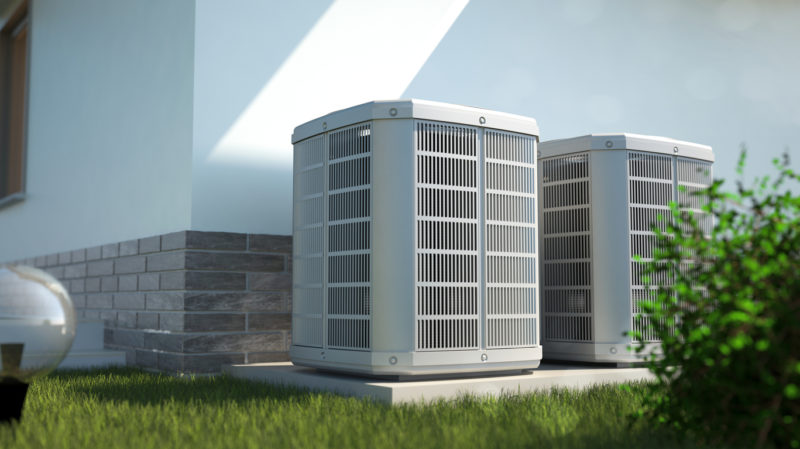When you’re shopping for a new HVAC system for your Faulkville, Georgia, home, you may hear a lot of jargon from contractors, such as AFUE, SEER, and HSPF. Knowing what the HVAC ratings AFUE, SEER, and HSPF mean can help you choose an energy-efficient AC and heating system and save money in the long run. Below are explanations of the three main types of HVAC ratings.
Annual Fuel Utilization Efficiency (AFUE)
Every new furnace in the United States is assigned an energy-efficiency rating called AFUE. AFUE represents the percentage of the total amount of fuel a furnace consumes that’s actually converted into usable heat. For instance, a furnace that has an 80% AFUE rating uses 80% of the fuel it consumes to heat your home while allowing the other 20% to be lost up the flue or elsewhere. All new furnaces in the country must have an AFUE rating of at least 80%. Some high-efficiency models have ratings of up to 97%.
Seasonal Energy Efficiency Ratio (SEER)
A SEER rating indicates the energy efficiency of an air conditioner or heat pump over the course of a season. Models with higher SEER ratings are more efficient than those with low ratings. However, unlike AFUE, SEER isn’t expressed as a percentage. To calculate the SEER rating of a particular air conditioner, you have to take its total cooling power and divide it by the total amount of energy it uses. In Georgia, every air conditioner or heat pump must have a minimum SEER rating of 14.
Heating Seasonal Performance Factor (HSPF)
HSPF measures how efficiently a heat pump provides heating over a season. It’s calculated by dividing a heat pump’s total seasonal heating output by the amount of energy it uses. The minimum HSPF requirement in the country is 7.7. It’s recommended that you choose a model with a rating of 8.0 to 9.5.
If you want to install a high-efficiency HVAC system, feel free to contact our knowledgeable and helpful team at Byrd Heating and Air Conditioning. Call us today at 912-373-8447.
Image provided by iStock

